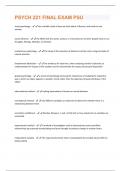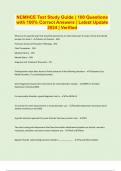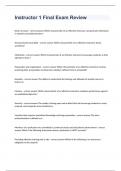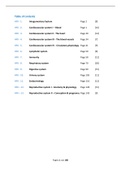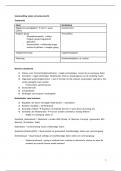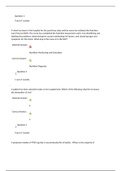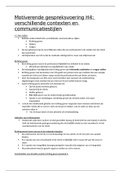Zusammenfassung
Emerging Markets Summary incl. lecture power point notes
- Kurs
- Hochschule
Summary of the articles regarding the course: "Emerging Markets". Followed this class in de first semester at the RUG. This summary includes the lecture power points. Furthermore, I studied this summary by heart and got a 7,5
[ Mehr anzeigen ]




